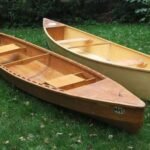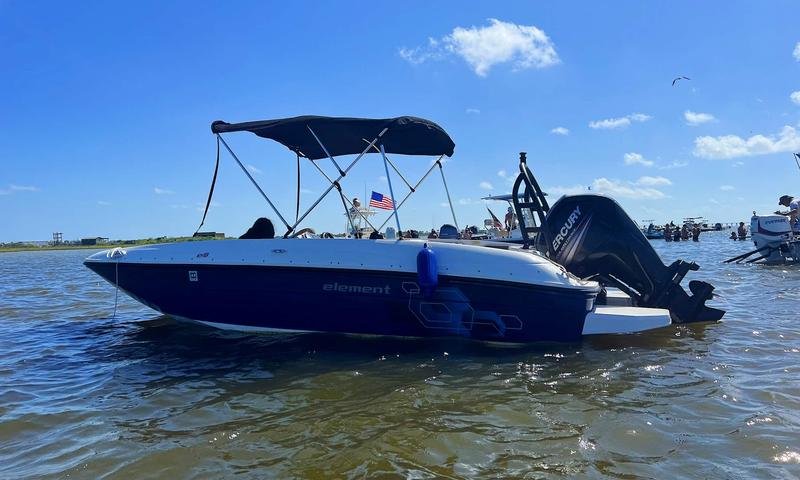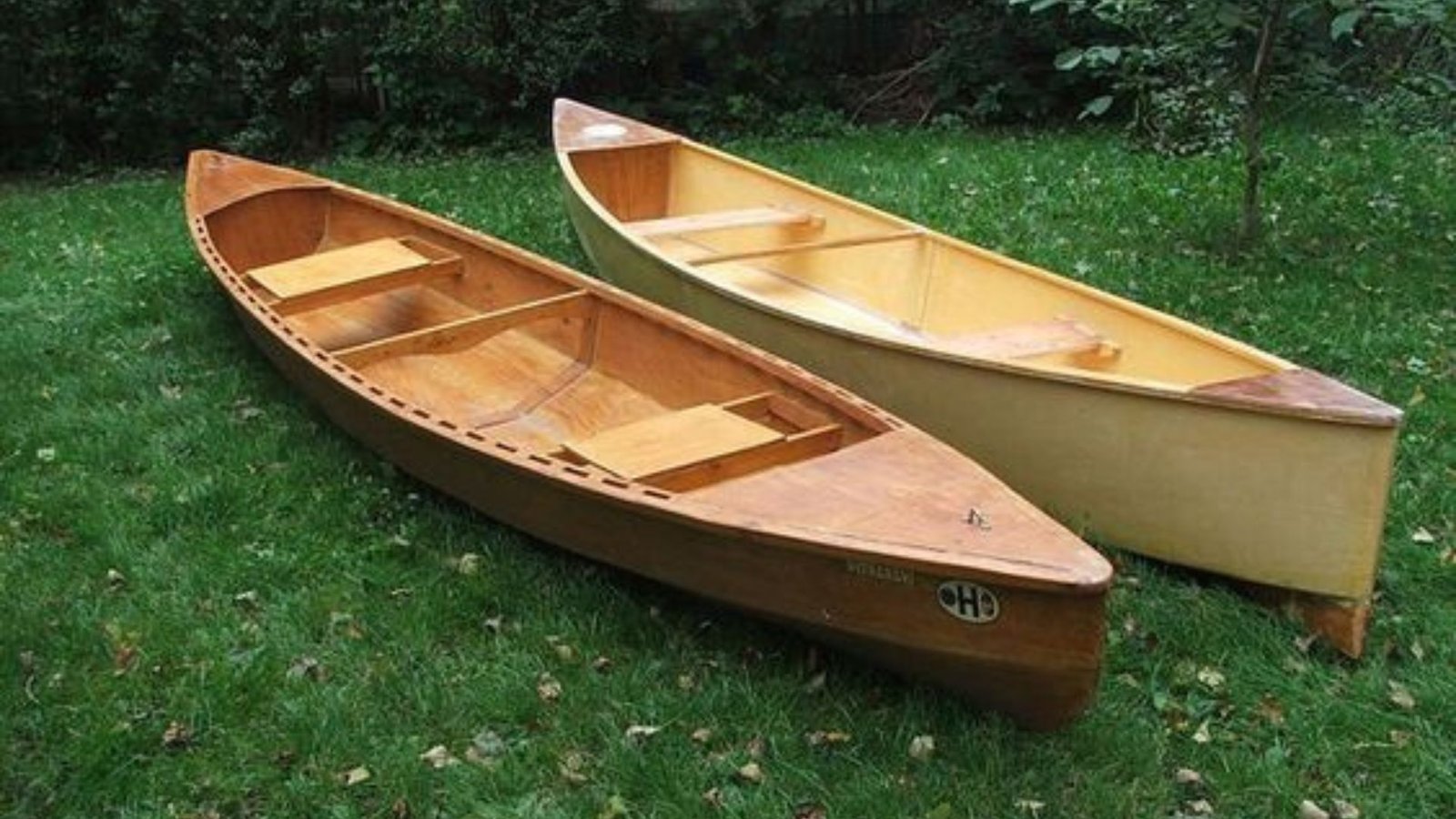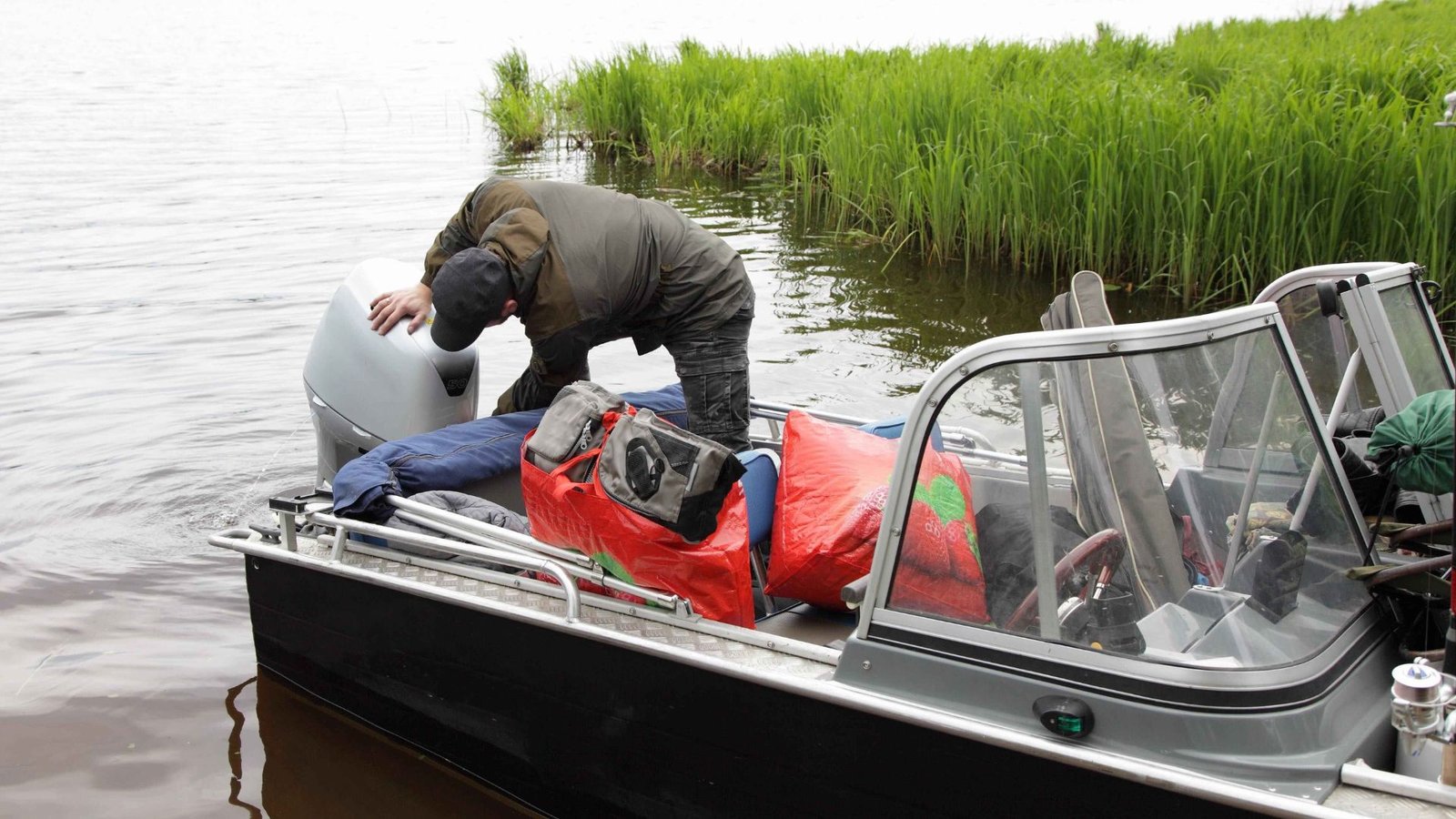Waterproofing your boat is crucial to ensure its durability and performance. Whether you’re building a new boat or maintaining an existing one, using high-quality lumber and proper techniques can protect your boat from water damage, rot, and decay. In this guide, we’ll show you how to waterproof your boat effectively, making it last longer and keeping it safe on the water.
1. Choose the Right High-Quality Lumber
The first step to waterproofing your boat is selecting the right type of wood. Not all types of lumber are suitable for boat construction, as some are more resistant to water and decay than others. For boat building, it’s best to use marine-grade plywood, mahogany, teak, or other water-resistant woods.
Marine plywood is a popular choice because it’s specifically designed to withstand exposure to moisture. Unlike regular plywood, it’s made with high-quality veneers and waterproof adhesive, ensuring it can handle the harsh conditions of the water. Mahogany and teak are also excellent choices for boat building due to their natural resistance to moisture and decay.

2. Seal the Wood with Epoxy Resin
One of the most effective ways to waterproof your boat is by applying epoxy resin to the wood. Epoxy resin creates a strong, waterproof layer that protects the wood from water damage and prevents it from absorbing moisture.
To apply epoxy resin, start by sanding the wood to create a smooth surface. Then, apply a thin coat of epoxy resin to the wood, making sure to cover all areas, including seams and joints. Allow the first coat to cure completely before applying additional layers. Typically, two to three coats of epoxy resin will provide excellent protection.
Make sure to use marine-grade epoxy, as it’s specifically designed to handle the conditions of the water. This will prevent the resin from breaking down or peeling over time.
3. Apply a High-Quality Varnish or Teak Oil
After sealing the wood with epoxy, the next step is to apply a protective finish. High-quality varnish or teak oil is an excellent option for waterproofing wooden boats and providing an extra layer of protection against water and UV rays.
Varnish creates a hard, glossy surface that protects the wood from moisture while also giving it a shiny finish. Teak oil, on the other hand, is ideal for woods like teak and mahogany. It enhances the natural beauty of the wood while providing water resistance.
When applying varnish or teak oil, ensure that the wood is clean and dry. Apply multiple coats, sanding lightly between each one for a smooth, even finish. Make sure to follow the manufacturer’s instructions for curing times and application techniques to achieve the best results.
4. Caulk Seams and Joints
Sealing the seams and joints of your boat is a crucial step in waterproofing. Even high-quality lumber can suffer from water infiltration if the seams aren’t properly sealed. Use a marine-grade caulking material to seal any gaps between panels, the hull, and the deck.
Before applying caulk, clean the joints and seams thoroughly, removing any dirt, old caulk, or debris. Then, apply a generous amount of marine sealant and smooth it into the joints using a caulking tool or a putty knife. This will ensure a watertight seal that keeps moisture from entering the boat.
Make sure to check and reseal the seams periodically, as caulking can wear out over time.
5. Use a Waterproofing Wood Treatment
In addition to sealing and finishing the wood, using a waterproofing wood treatment can further protect your boat. These treatments are designed to penetrate the wood and create an invisible barrier that prevents water from being absorbed.
Look for a waterproofing treatment specifically made for boats, as these products are designed to handle the harsh marine environment. Apply the treatment according to the manufacturer’s instructions, and be sure to cover all exposed areas of the boat. This extra layer of protection will help keep your boat safe from rot and moisture damage.
6. Regular Maintenance and Inspections
Waterproofing is not a one-time task but an ongoing process. To ensure that your boat stays protected, it’s important to regularly inspect and maintain the wooden surfaces. After every use, clean the boat to remove salt, dirt, or algae, which can damage the wood over time.
Check for any signs of wear or damage to the protective coatings, such as cracks, peeling varnish, or exposed areas of wood. If necessary, reapply varnish, teak oil, or epoxy resin to areas that need attention. Regular maintenance will ensure that your boat remains waterproof and in great condition.
7. Store the Boat Properly
Proper storage is crucial for maintaining the waterproofing of your boat. If you leave your boat exposed to the elements for extended periods, the wood may absorb moisture and begin to break down, even with waterproofing treatments in place.
Whenever possible, store your boat in a dry, sheltered location, such as a garage or boat house. If you must store your boat outside, cover it with a high-quality tarp to protect it from rain and sun exposure. This will help keep the wood in good condition and preserve the waterproofing treatments.
Conclusion
Waterproofing your boat is essential for protecting the wood and ensuring its longevity. By choosing high-quality lumber, sealing the wood with epoxy, applying protective finishes like varnish or teak oil, caulking seams and joints, and using waterproofing treatments, you can keep your boat safe from water damage and rot. Regular maintenance and proper storage are also key to preserving the waterproofing over time. With these steps, your boat will stay in top shape, ready for many adventures on the water.











